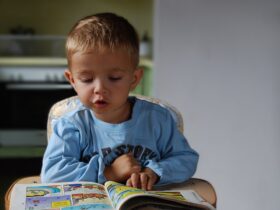Departure from the International Space Station (ISS) leaves the space team amazed by the astonishing aurora lights. Although auroras frequently occur in space, a large expulsion of material from the Sun made this one memorable.
The stunning polar lights reached the Earth displaying a mesmerizing view of dancing greenish glow. The strong bursts are part of the solar cycle, which usually takes place every 11 years. Science can’t explain this phenomenon fully; however, the pattern is there. The next massive sun breakout is expected to reach its climax in 2025.
“Amazing spikes higher than our orbit. Star-struck, and we flew right above the centre of the ring, rapid waves and pulses all over,” describes Thomas Pesquet, a European Space Agency astronaut in a Twitter post.
Powerful Aurora Lights
Although the spectacle of lights was beautiful, it was produced by a series of Coronal Mass Ejections (CMEs), large expulsion of plasma, and magnetic field from the Sun corona. The solar cycle started last week with a strong outburst. However, the second sun blast devoured the first flare-up in a heartbeat, magnifying the plasma cloud.
Are aurora lights safe? When Sun particles reach our magnetic field, it becomes visible. Although they form a striking view, auroras leave marks around the Earth. They can affect satellites and electrical networks. The worst geomagnetic storm took place during the previous solar cycle. It happened on 1–2 September 1859, disabling the telegraph systems in Europe and North America. The occurrence is marked as the Carrington Event in history.
Nevertheless, the latest events provided the space team Pesquet, Shane Kimbrough, Megan McArthur, and Japan’s Akihiko Hoshide with extraordinary memories for a lifetime. After six months in space, they finished their mission on a high note. The crew-2 should arrive on our planet today. If you missed Dragon capsule’s live departure from the space station, you could watch it on YouTube.























Leave a Reply